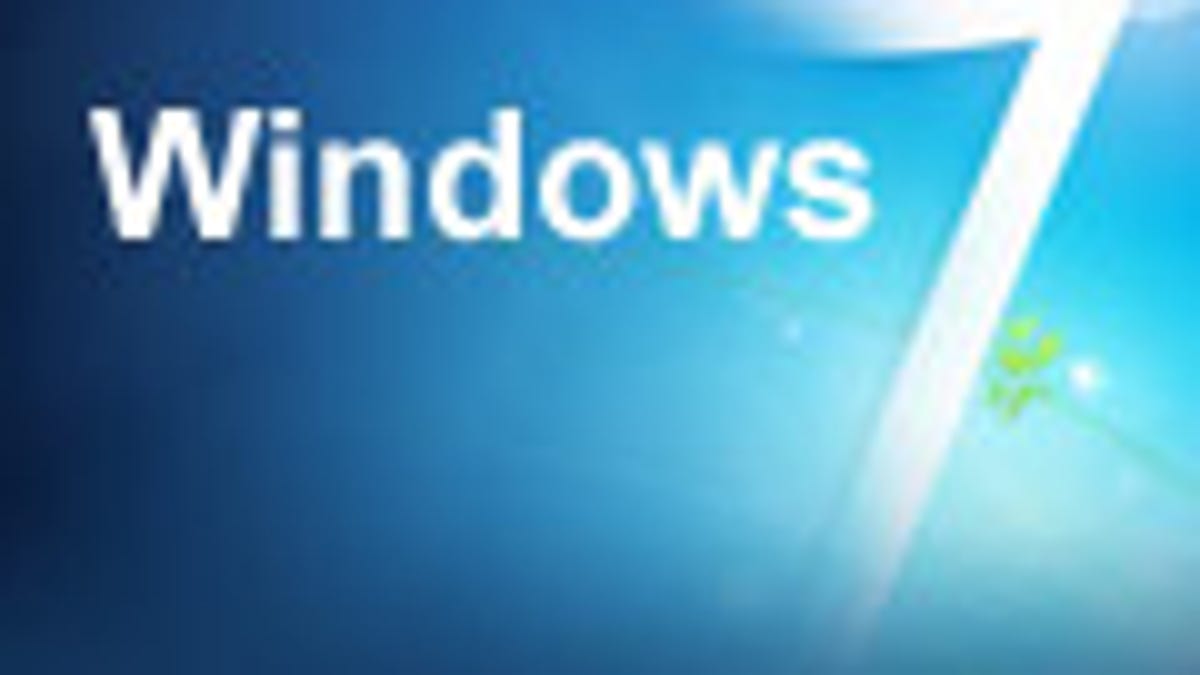Report: First Windows 7 service pack sent to OEMs
The first service pack for Windows 7, as well as Windows Server 2008 R2 is said to have been let loose to original equipment manufacturers.

The first service pack for Windows 7 has been sent to original equipment manufacturers (OEMs), according to a post on TechNet by Microsoft's Russian Windows Visualization team.
Microsoft launched the first release candidate for Windows 7 SP1, and Windows Server 2008 R2 SP1 in late October of last year, saying that it would be the only RC prior to the software being finalized and made available to manufacturers. The company also promised that SP1 would arrive in the hands of users in the "first half" of 2011.
Blog Winrumors, which reported the news earlier today, weighs in, saying that while SP1 is indeed going out to OEMs, it may be a while longer before consumers get their hands on it.
A Microsoft spokesperson told CNET, "we have nothing to share at this time but will keep you posted."
SP1 packs together a round of hotfixes, as well as an updated remote desktop client that makes use of RemoteFX. Besides bringing a boost to 3D applications, RemoteFX helps IT admins deploy Windows 7 through virtual machines using the technology, which it picked up with its acquisition of Calista Technologies back in 2008. Other SP1 adds include dynamic memory support for Hyper-V in Windows Server 2008 R2, and all previous Windows security fixes.
Earlier this week, Microsoft released KB 976902 through its Windows Update software before having the knowledge base article to explain what the update was for. Security expert Brian Krebs dug a little deeper and found out it was an update to the Windows stack to get the OS ready for future updates, something the company did ahead of the SP1 beta back in July.

